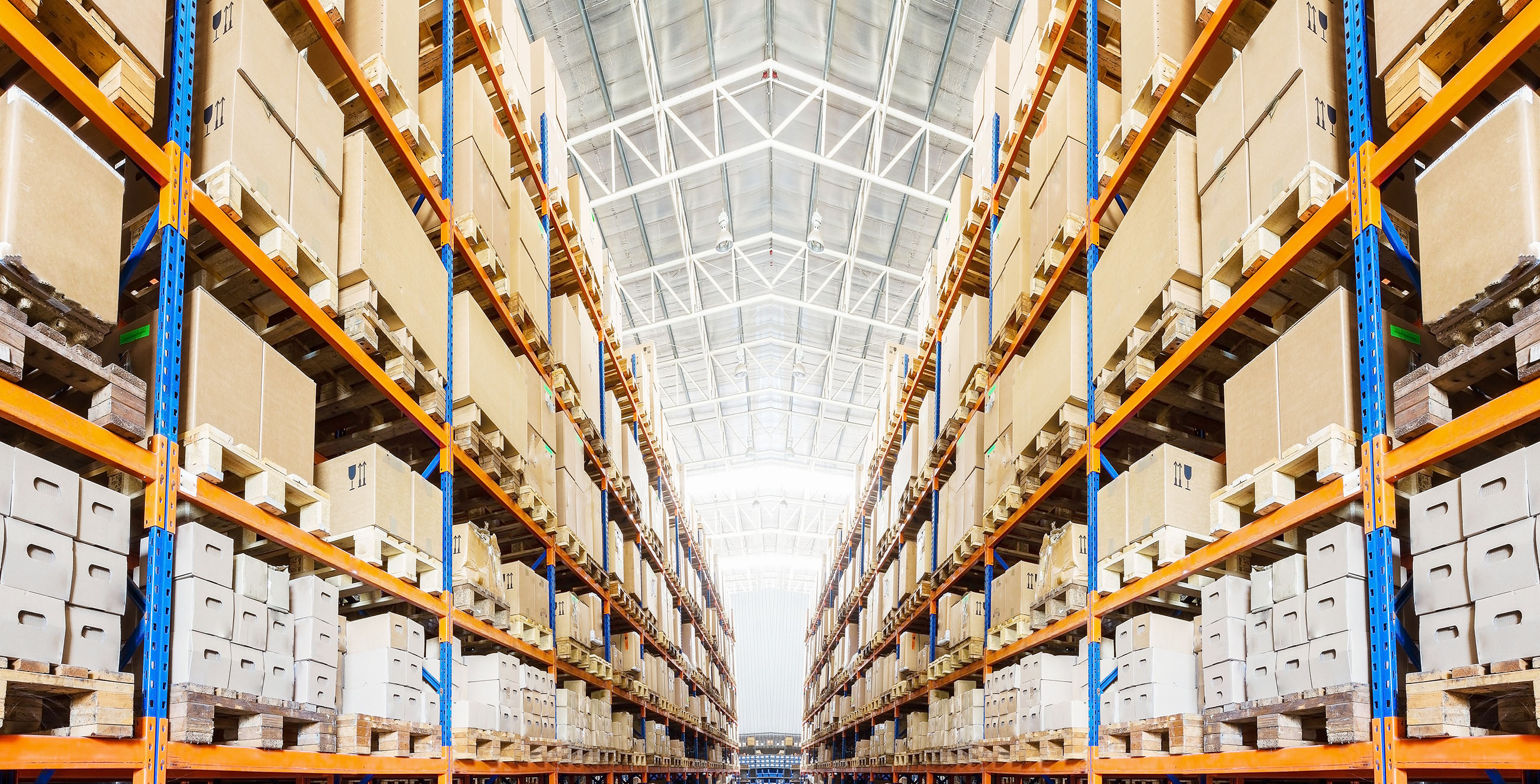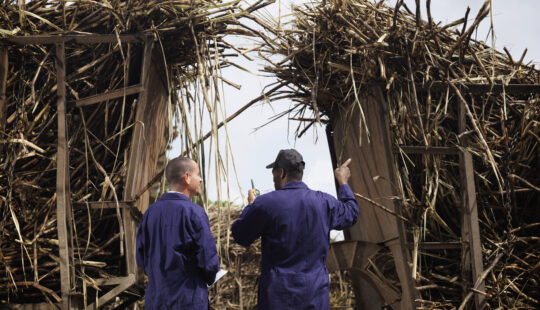Growing impatient with the onslaught of undistinguishable post-pandemic supply chain disruption stories, I perked up after watching a replay from the recent SAPPHIRE NOW Asia-Pacific broadcast that promised to reveal the “winning formula” for resilience and sustainability.
While these descriptors weren’t immediately unique, the conversation was. I caught up with one of the experts, Aidan Brecknell, who leads the digital supply chain team at SAP ANZ, for his thoughts on what leading organisations are experiencing right now.
Resilient supply chains pivot with incredible speed
Having worked closely with supply chain leaders in ANZ, Brecknell said that organisations were redefining supply chain resilience for sustainable business.
“The pandemic unleashed new challenges far beyond the capabilities of traditional lean supply chains that focused on executing repeatable processes at scale,” he said. “Leaders understand that they need to address a new set of challenges like being able to turn on a dime to find different sources for raw materials, or even design and produce entirely new products. These organizations are modeling different scenarios, building in contingency plans, and executing on those.”
During the broadcast, Brecknell and Martin Barkman, senior vice president and global head of digital supply chain marketing and solutions at SAP, shared the “winning formula” of modern supply chains. Unlike their lean predecessors, resilient supply chains are both customer and employee-centric, built on relationships with sustainable suppliers, and based on product sustainability across the entire lifecycle of an item.
Digitalisation transforms more than supply chains
The pandemic forced companies to understand and act on the difference between digitisation and digitalisation. Having data in digital form has long been the norm. Digitalisation means organizations can both capture intelligent data and change business processes including how supply chains operate. To be clear, this is not taking the same processes and making them digital. This is about creating completely new ways of managing supply chains by connecting information across applications company-wide and partners. During the broadcast, Brecknell summed it up like this:
“Supply chains have been pushed and tested to their limits, and they’ve become so reliant particularly locally on their ecosystem suppliers to access raw materials. It became evident quickly of the importance to digitalize processes within the supply chains, as well as the supply network itself,” he said. “In Australia and New Zealand, we saw some tremendous examples of where customers had invested ahead of the curve, and were able to transition quickly because of that agility in their supply chain.”
One global industrial materials manufacturer digitalised supply chain processes to centrally manage over 200 inventory processes across 60 sites. The objective was to improve forecast accuracy, for on-time delivery, and greater profitability. Another SAP customer, an energy and natural resources company, digitalised operations to better track freight emissions, providing real-time metrics for compliance with carbon neutral goals.
Interconnected data for supply chain resilience
Brecknell said there’s been significant customer uptake of SAP’s Business Network solution that brings together information from sourcing and production through finance, transportation logistics and delivery, including the entire product life cycle. With immediate, connected insights, companies can more profitably sense and respond to disruptions in a strategic, synchronised manner. Organisations can create more individualised, high-quality products in response to changing customer demands. They can prove their sustainability commitment as reflected in their choice of suppliers and operations. They can even attract and keep top talent who increasingly expect employer goals and actions to mirror personal sustainability values.
“The SAP Business Network allows organisations to connect all of their business partners on one central platform,” said Brecknell. “With complete visibility into the entire supply chain, companies can collaborate with suppliers to source, track, and trace materials faster for shorter product delivery time frames as well.”
As Barkman said during the broadcast, “by capturing all the information about how the supply chain is operating, we preserve the digital thread of the supply chain. We have the information of how a product is being used, how assets are performing, and feed that back not just to the supply chain and manufacturing, but all the way to how products are designed.”
Making a business case for supply chain networks
The elephant in the room is that interconnected business networks aren’t the reality in most organisations. Brecknell agreed that while connecting all this data and changing mindsets about how business operates is a huge undertaking, it’s well worth it.
“Organisations are getting on board with supply chain resiliency and sustainability because it’s good for business. With an extended collaborative network, organisations can mitigate supply chain risk even in the face of unexpected disruption,” said Brecknell. “If an organisation really wants to build resiliency and sustainability into supply chain, they have to have the data, and that has to be aligned across the entire supply chain.”
This article also featured on SAPBrandVoice on Forbes



